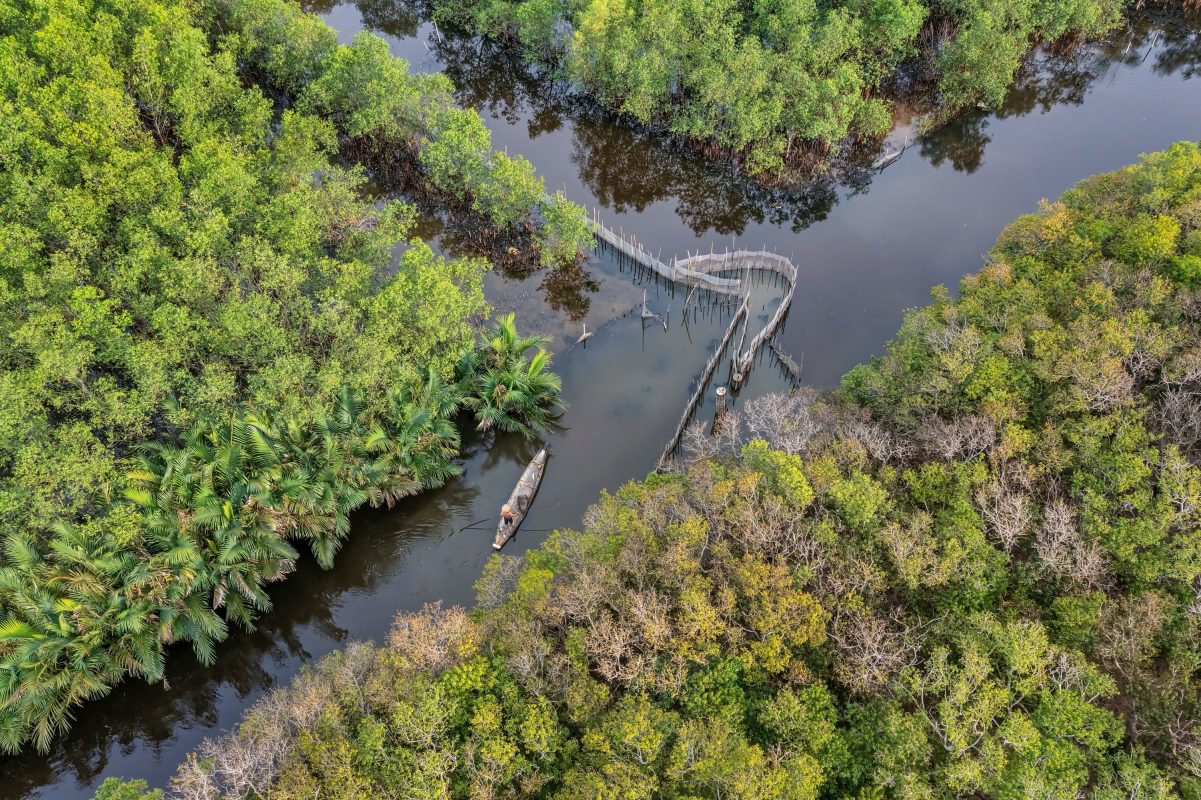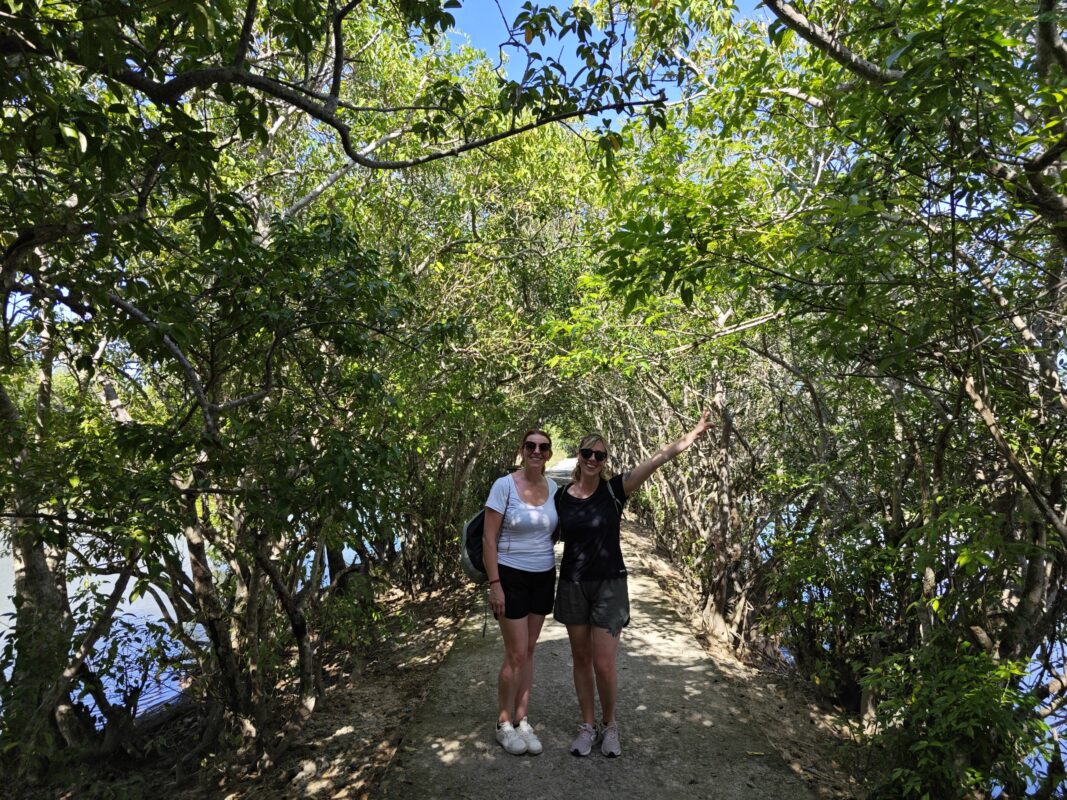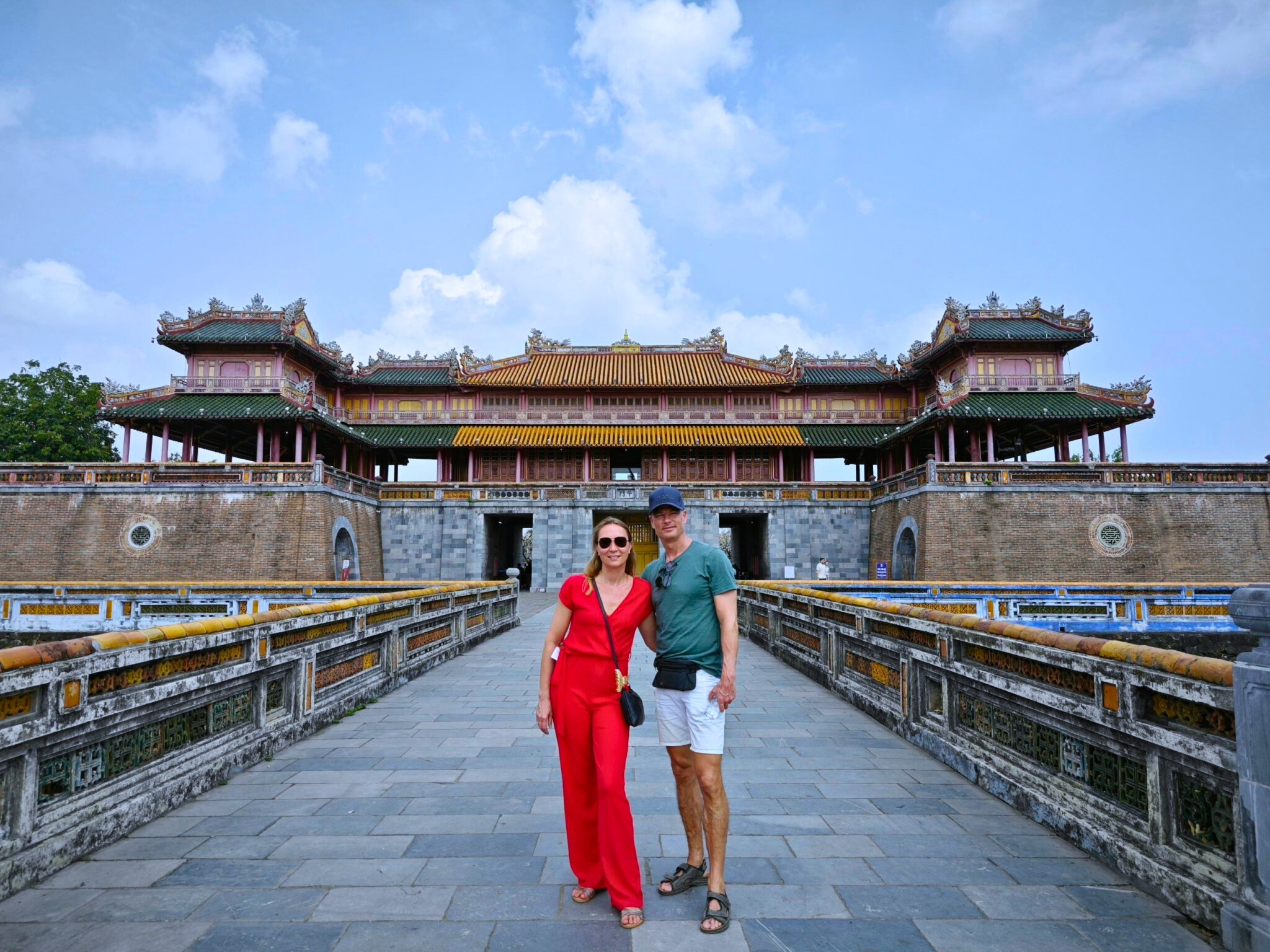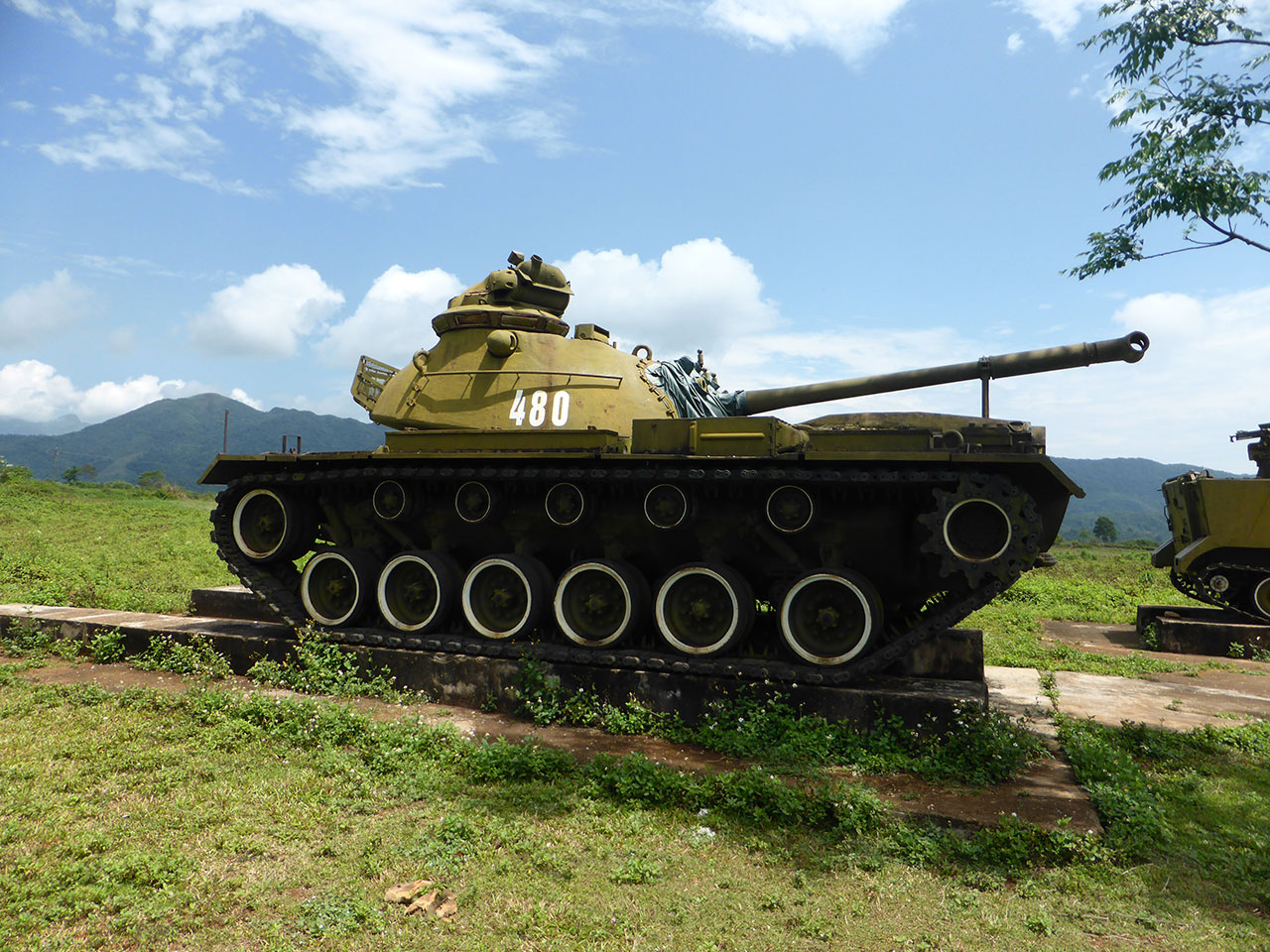Ru Cha Mangrove Forest: Vietnam’s Hidden Ecological Treasure
Have you ever wondered what it’s like to kayak through a maze of emerald-green waterways where ancient trees create natural tunnels overhead? Welcome to Ru Cha Mangrove Forest, one of Vietnam’s most spectacular yet lesser-known natural wonders. Located just 15 kilometers from Hue city center, this pristine ecosystem offers visitors an unforgettable journey into the heart of nature.

What Makes Ru Cha Mangrove Forest Special?
Unlike typical tourist destinations, Ru Cha (also known as Rú Chá) represents a rare example of a thriving mangrove ecosystem in Central Vietnam. Covering approximately 5 hectares along the Tam Giang Lagoon, this forest serves as a crucial buffer between land and sea, protecting local communities from storms while supporting incredible biodiversity.
“Ru Cha is not just a forest; it’s a living laboratory where visitors can witness the delicate balance between human activities and nature conservation.” – Local Environmental Expert
The Ecological Importance of Mangroves
Why should you care about mangrove forests? Let me share some eye-opening facts that might change your perspective:
- Carbon storage champions: Mangroves store up to 10 times more carbon per hectare than terrestrial forests
- Natural barriers: They reduce wave energy by up to 70%, protecting coastal communities
- Biodiversity hotspots: Support over 100 species of birds, fish, and crustaceans
- Economic value: Provide livelihoods for thousands of local fishermen
Getting to Ru Cha: Your Complete Guide
Planning your visit to Ru Cha Mangrove Forest? Here’s everything you need to know:
From Hue City Center
- By motorbike (recommended): 30-minute ride via Nguyen Sinh Cung Street
- By taxi: Approximately 300,000 VND one-way
- By organized tour: Many Hue day tours include Ru Cha
Best Time to Visit Ru Cha
Timing your visit can make or break your experience. Based on local weather patterns and visitor feedback, here’s when to go:
| Season | Weather | Pros | Cons |
|---|---|---|---|
| March – August | Dry, sunny | Perfect for kayaking, clear skies | Can be hot midday |
| September – February | Cooler, occasional rain | Comfortable temperature, fewer tourists | Possible flooding |
Top Activities at Ru Cha Mangrove Forest
1. Kayaking Through Green Tunnels
The most popular activity at Ru Cha is undoubtedly kayaking. Paddle through narrow waterways where mangrove branches form natural tunnels overhead. The experience feels almost magical, especially during high tide when you can explore deeper into the forest.
2. Bird Watching Paradise
Early morning visitors often spot:
- White-breasted waterhens
- Purple herons
- Kingfishers
- Oriental darters
3. Photography Opportunities
The interplay of light filtering through the canopy creates stunning photographic moments. Pro tip: Visit during golden hour (sunrise or sunset) for the most dramatic shots.

Local Community and Sustainable Tourism
What sets Ru Cha Mangrove Forest apart is its community-based tourism model. Local fishermen have transformed into eco-tour guides, sharing their intimate knowledge of the ecosystem while earning sustainable incomes.
“Before tourism, we only fished. Now we protect the forest because it brings visitors and income to our village.” – Mr. Tran, Local Guide
Conservation Efforts and Challenges
The preservation of Ru Cha faces several challenges:
- Climate change impacts: Rising sea levels threaten mangrove habitats
- Pollution: Plastic waste from upstream sources
- Overfishing: Depleting marine resources
- Tourism pressure: Balancing visitor numbers with conservation
Local authorities and communities work together through initiatives like regular clean-up drives and visitor education programs. According to IUCN research, community-managed mangroves show 86% better survival rates than government-managed areas.
Practical Tips for Visitors
What to Bring
- Sun protection: Hat, sunscreen, sunglasses
- Insect repellent: Essential for comfort
- Waterproof bag: For phones and cameras
- Water shoes: Some areas require walking through shallow water
- Reusable water bottle: Stay hydrated responsibly
Do’s and Don’ts
| Do’s | Don’ts |
|---|---|
| Respect local customs | Don’t litter or damage plants |
| Support local businesses | Don’t feed wildlife |
| Take only photos | Don’t use single-use plastics |
| Follow guide instructions | Don’t make excessive noise |
Combining Ru Cha with Other Hue Attractions
Make the most of your trip by combining Ru Cha Mangrove Forest with nearby attractions:
- Tam Giang Lagoon: Explore the larger lagoon system
- Thuan An Beach: Relax by the sea after your forest adventure
- Lang Co Beach: A scenic drive along the coast
- Bach Ma National Park: For serious nature enthusiasts
Many visitors opt for comprehensive Central Vietnam tours that include these destinations.
Accommodation Options Near Ru Cha
While most visitors return to Hue city, staying nearby offers unique experiences:
Homestays
Experience authentic local life with fishing families. Prices range from $15-30 per night, including breakfast.
Eco-Lodges
Several eco-friendly accommodations have opened recently, offering comfort while minimizing environmental impact.
The Future of Ru Cha Mangrove Forest
What does the future hold for this ecological gem? Recent developments include:
- UNESCO recognition efforts: Local authorities are working towards biosphere reserve status
- Eco-tourism certification: Implementing international standards for sustainable tourism
- Research partnerships: Collaborations with universities for biodiversity studies
- Community empowerment: Training programs for local youth as eco-guides
Frequently Asked Questions
Is Ru Cha suitable for children?
Yes! Children over 6 can safely enjoy kayaking with proper supervision. The calm waters and abundant wildlife make it educational and fun.
How long should I spend at Ru Cha?
Plan for 3-4 hours minimum. This allows time for kayaking, walking trails, and enjoying the peaceful atmosphere.
Can I visit during rainy season?
Light rain actually enhances the experience, but heavy storms make kayaking unsafe. Check weather forecasts before visiting.
Conclusion: Why Ru Cha Deserves Your Visit
Ru Cha Mangrove Forest represents more than just another tourist destination. It’s a living example of how communities can protect natural resources while creating sustainable livelihoods. Whether you’re an eco-conscious traveler, photography enthusiast, or simply seeking unique experiences in Vietnam, Ru Cha offers something special.
As you paddle through those enchanting green tunnels, you’re not just witnessing nature – you’re supporting a community’s commitment to conservation. In an era where authentic, sustainable travel experiences are increasingly rare, Ru Cha stands out as a beacon of hope.
Ready to explore this hidden gem? Start planning your visit to Ru Cha Mangrove Forest today, and discover why this small corner of Vietnam captures hearts and changes perspectives. For more information about tours and travel tips in the region, explore our comprehensive Vietnam travel guides.
“In every walk with nature, one receives far more than he seeks.” – John Muir. At Ru Cha, this couldn’t be more true.




